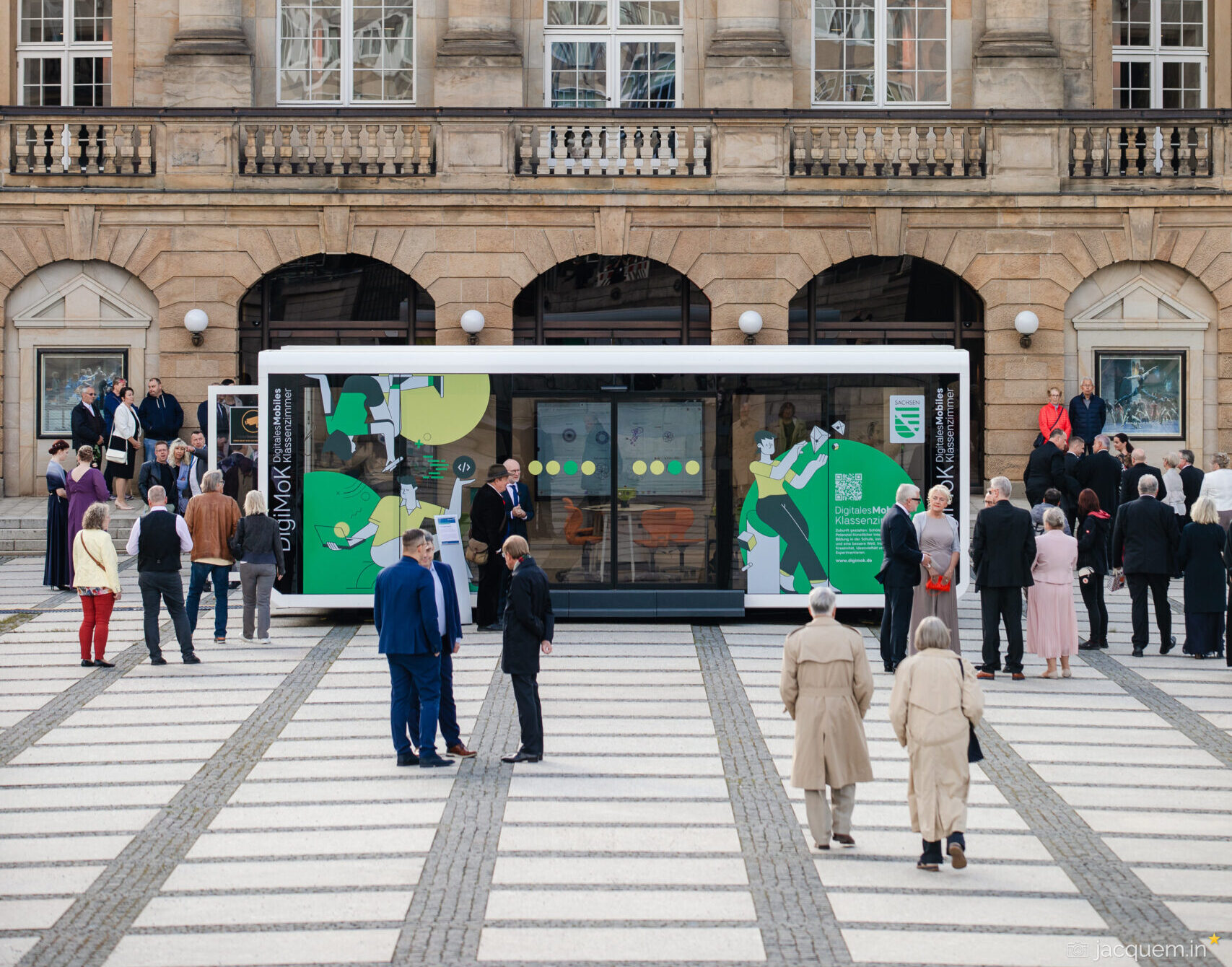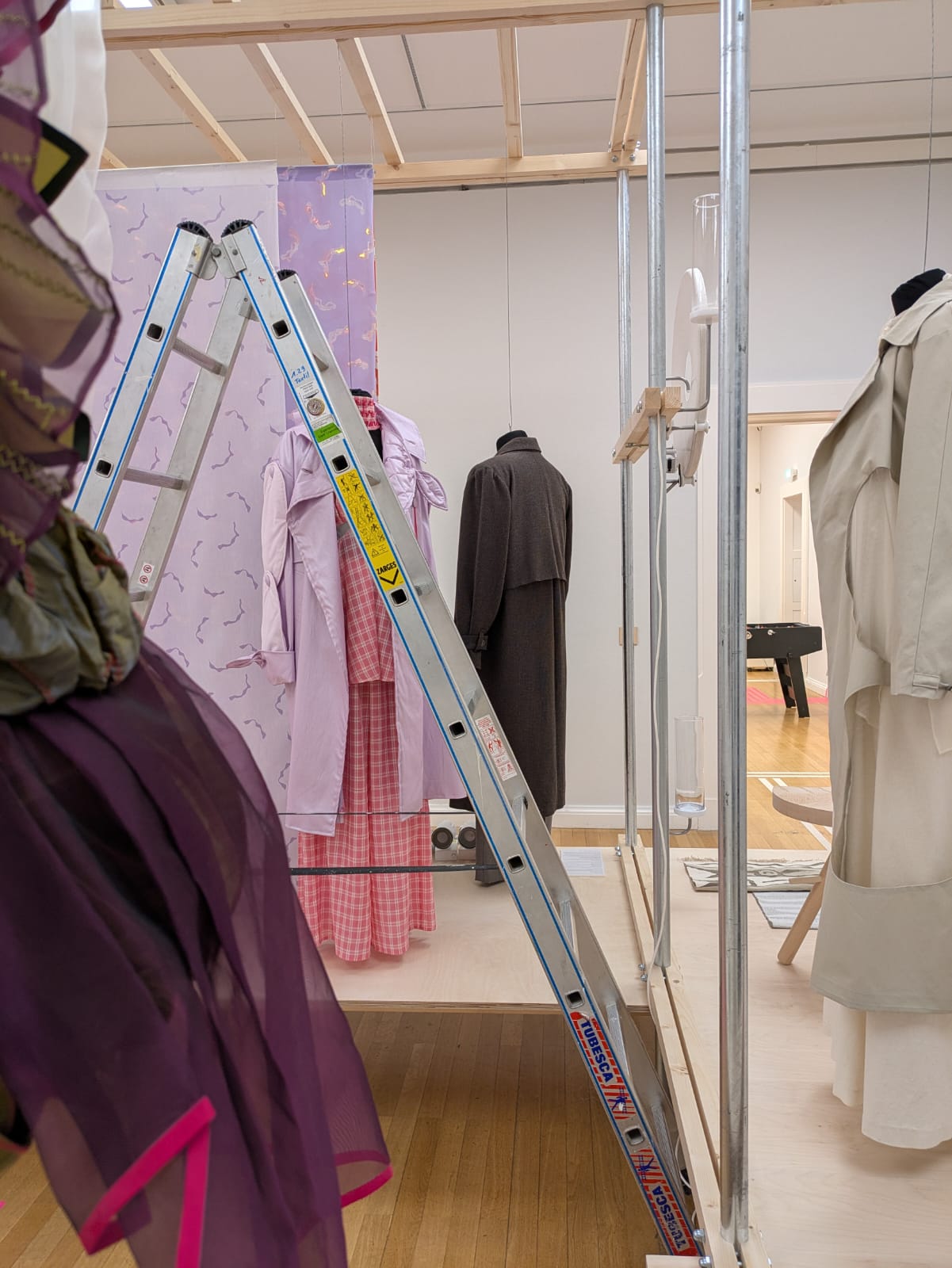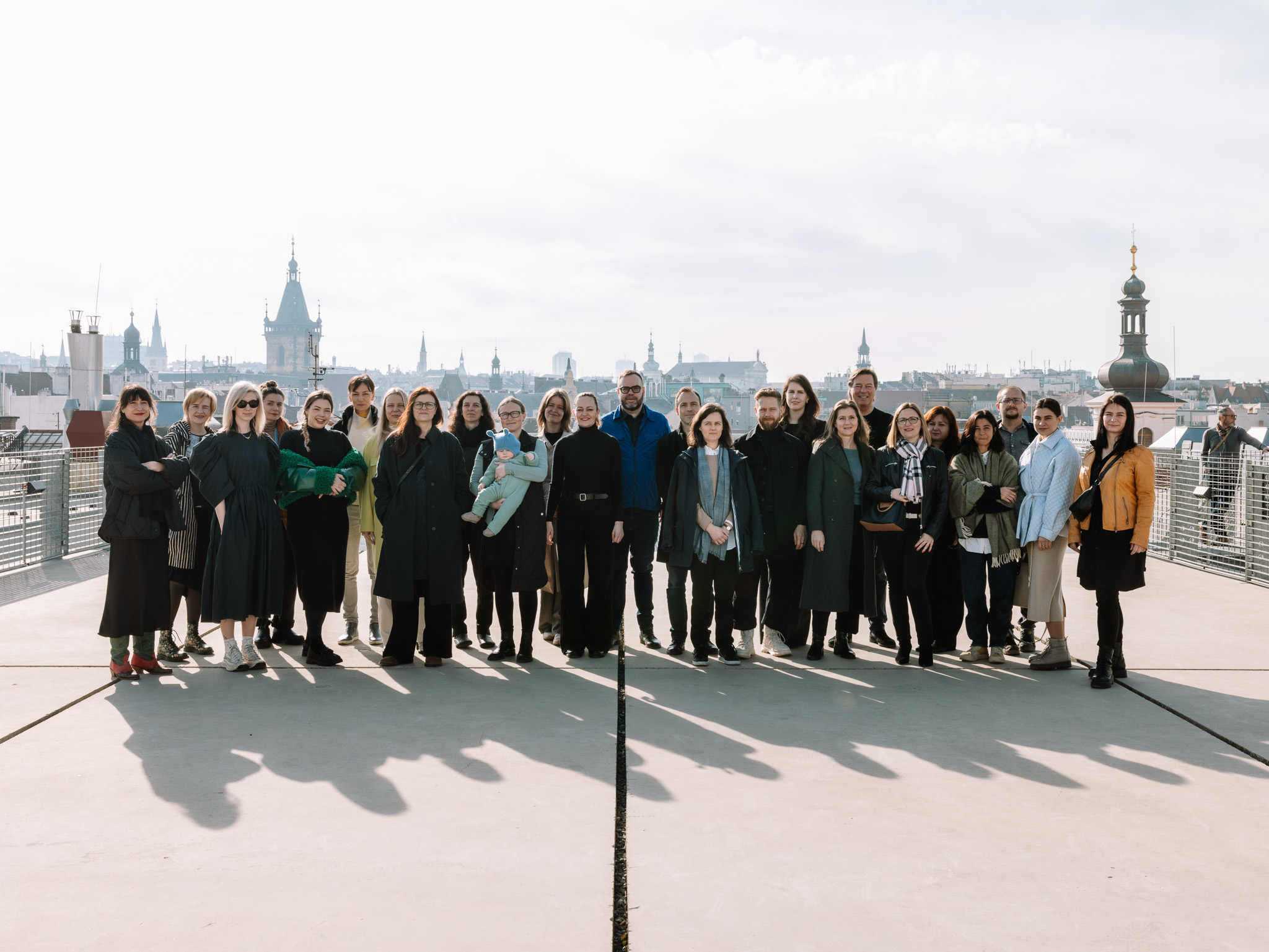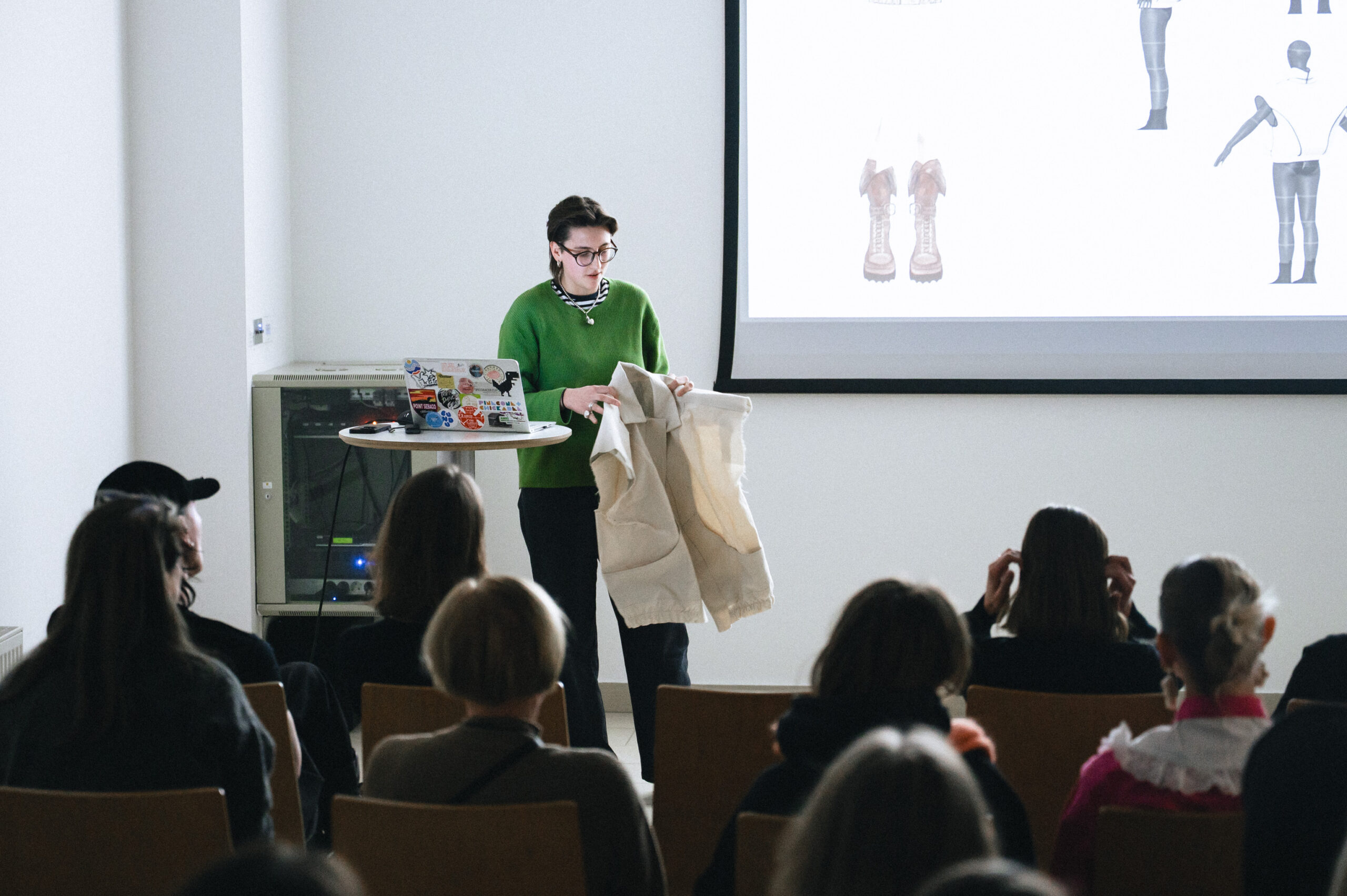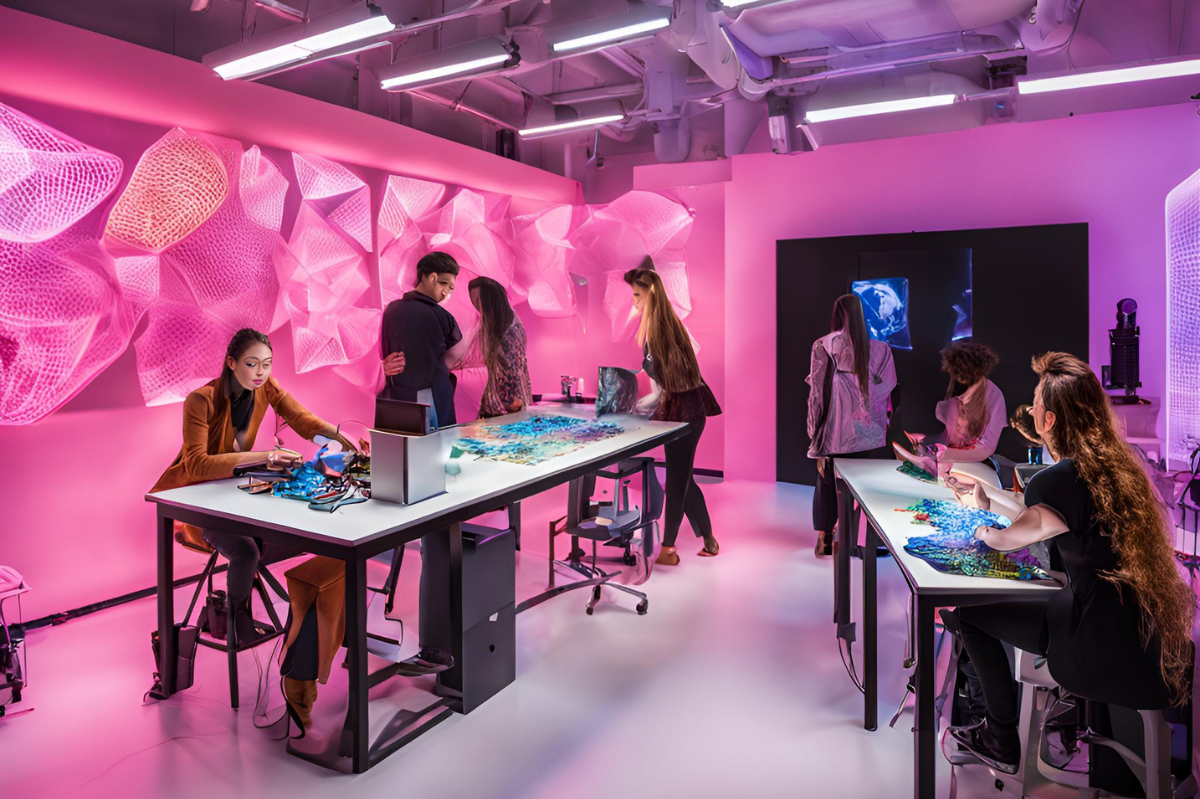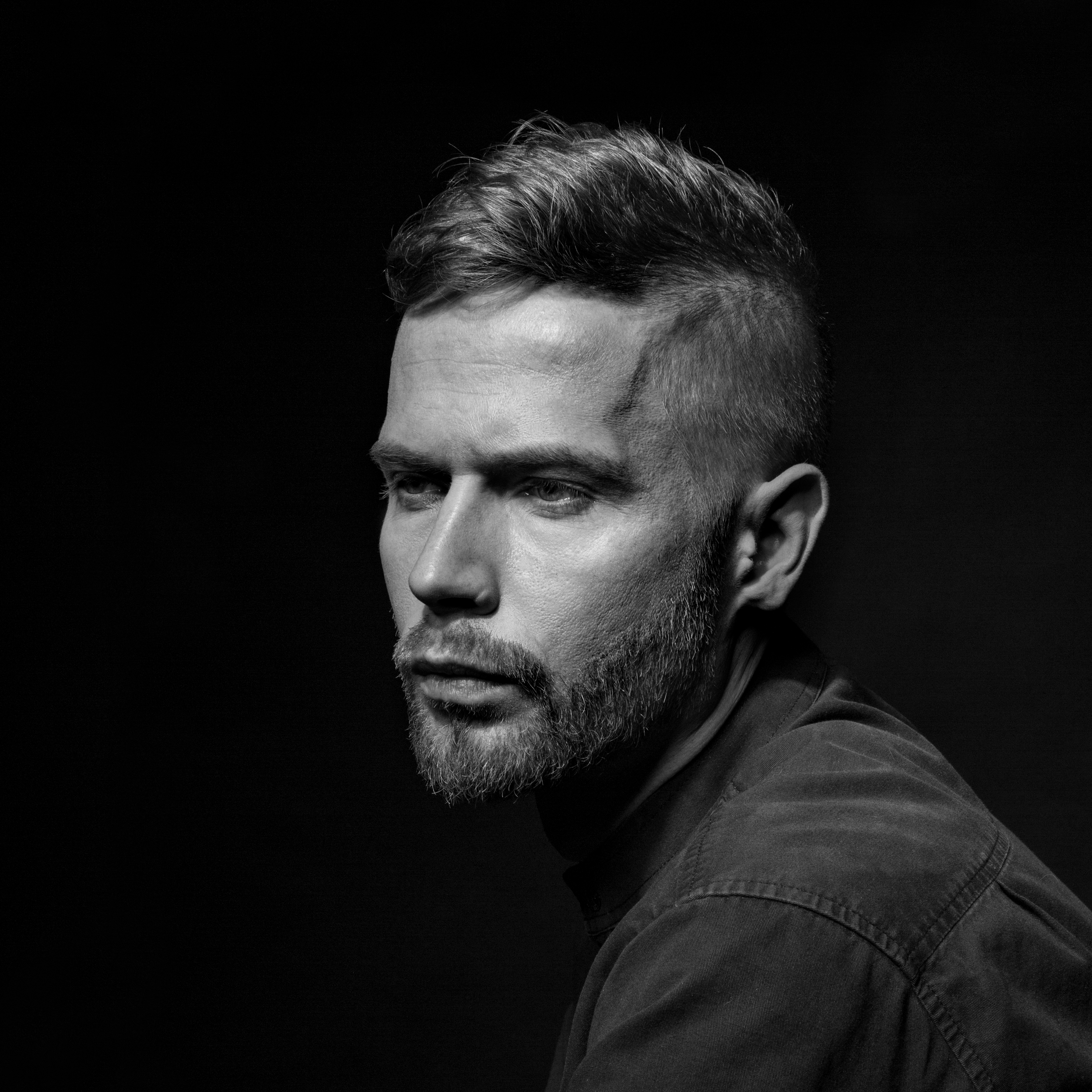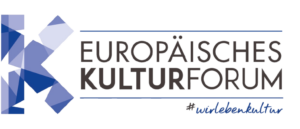
Digital Innovation Meets Creative Freedom: Interview with Magdalena Owczarek on the FashionTEX Atelier 2024/25
Magdalena Owczarek, designer, researcher, and lecturer at Lodz University of Technology, seamlessly combines science with artistic practice. Specializing in textile and fashion architecture, her work spans digital fabric analysis, experimental constructions, and fashion photography. Within the FashionTEX Project, she guided students in the 2024/25 atelier course to explore and harness the potential of advanced CAD systems like ASSYST and CLO 3D. In this interview, she shares her goals, the challenges faced, and the remarkable progress made by her students.
- What was your goal for this semester’s atelier?
My main goal was to spark a passion for digital fashion design, help students overcome the barrier of working with a new CAD system, and show the potential of combining the strengths of ASSYST and CLO 3D. I wanted students to see that modern digital tools can be not only technical but also deeply creative. - What skills or ways of thinking did you aim to develop?
I wanted to cultivate creative freedom and boldness in design, alongside precision in garment construction and modeling. The combination of ASSYST’s accuracy with CLO 3D’s instant 3D visualization opened up a space for students to work at the intersection of engineering and design. My goal was to help them achieve technical understanding and artistic expression at the same time. - How did the use of digital tools evolve compared to the previous semester?
Students who began working with CLO 3D in the winter semester easily exported their constructions from ASSYST and developed them into high-quality 3D visualizations. They refined their work, especially in rendering intimate apparel, using advanced texture masks. The most proficient students were invited to the Advanced group, where they created more complex and refined designs, including corsets with lacing systems and accessories like shoes modeled in Blender.
Students who joined CLO 3D for the first time in the summer semester started more cautiously, experimenting with basic skirt visualization. Still, they steadily gained confidence. - Was there a project that particularly stood out?
Yes – one of the Advanced course projects surprised me in many ways. A student designed shoes in Blender with stained glass elements, then incorporated the same motif into a corset structure. The garment was built from small components that mimicked the shape and color of stained glass windows. It was an incredibly labor-intensive project, but the result was stunning. In fact, the whole Advanced group impressed me with their originality and ambitious ideas. - What would you do differently next time, methodologically or organizationally?
Next semester, I plan to create a more structured set of CLO 3D exercises on our university’s Moodle platform (WIKAMP). For ASSYST, I’ve already prepared instructional videos and guidelines that students use independently. For CLO 3D – which is still new to them – short video tutorials showing key operations (especially those that combine CLO, ASSYST, and Blender workflows) would be extremely helpful for self-paced learning. - What were the biggest challenges in implementation?
The most difficult aspect was keeping the whole group aligned during class. Students differ in how quickly they work and learn digital tools, so synchronizing tasks across the group was sometimes challenging. Balancing individual pace with group dynamics requires careful planning and flexibility. - How well did theory translate into practice?
In our atelier, CLO 3D work was hands-on from the very beginning. Each student had to create garments based on their own body measurements and avatar. Exporting constructions from ASSYST to CLO required adapting all components, which led to a wide range of real-life issues to solve. These shared problem-solving experiences were often the most engaging and rewarding moments. - Did you observe any noticeable leaps in students’ progress?
Absolutely. Students who started in the winter semester showed remarkable progress in the summer. What surprised me most was how independently and efficiently they worked: they could create precise corset or lingerie constructions in ASSYST, transfer them seamlessly to CLO 3D, and continue modeling – all on their own. Their fluency in combining CLO, ASSYST, and Blender into one integrated workflow exceeded my expectations.
Magdalena Owczarek’s work at the FashionTex project powerfully demonstrates how digital technology can be much more than a technical tool — it can unlock creative freedom. By merging precise modeling with artistic expression, students are empowered to experiment boldly and create unique designs. The impressive strides made by participants underscore the immense potential of this innovative learning format. With structured digital resources and continuous development, the atelier is poised to inspire and equip the next generation of designers to shape the future of fashion.

